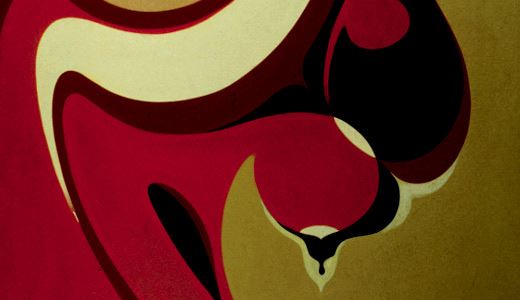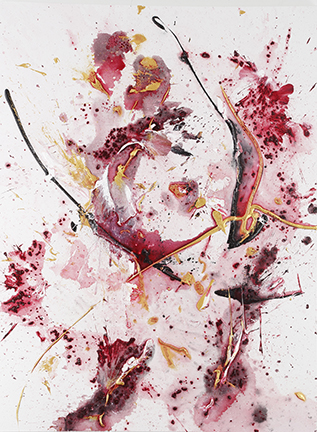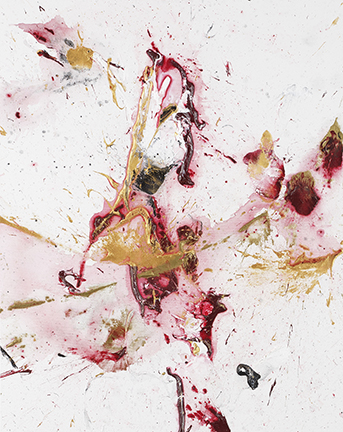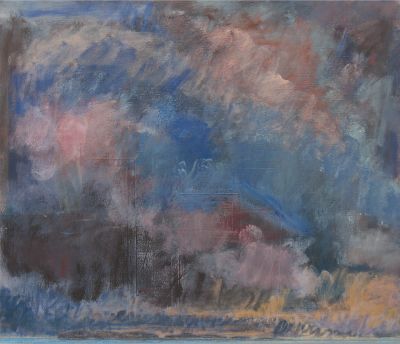Amy Gue took Developing Concepts with Miranda Hale in the Fall 2017 semester, and just finished Drawing and Painting 1 with Leslie Shell. Both Academy at LVA classes were at the Holy Trinity/Clifton Community Center.
“I have been competing in speech and debate through the National Christian Forensics and Communications Association (NCFCA) for the past 5 years, and I have placed in multiple events. I have gotten 2nd place in duo interpretation and 3rd place in illustrated oratory to name a few. Last year, my design won NCFCA Region 6’s t-shirt design contest.”
Amy has been accepted at John Brown University, Lipscomb University, Taylor University, Cedarville University, and the University of Louisville, and was awarded generous scholarships at Lipscomb, Taylor, and Cedarville. She will be attending Cedarville this fall, and is planning on majoring in graphic design.
“I have volunteered for the past 3 summers at a family camp for military families called White Sulphur Springs. That experience required me to interact with and welcome guests, clean the hotel, help serve meals, and work on a team to carry out certain tasks. It has been such a good and influential experience.”
“I walked into the Developing Concepts class not appreciating conceptual or modern art, and came out with a new understanding of those art forms. I no longer scoff at that type of art, but I am now able to appreciate it. Although modern art forms are still not my favorite, I can still appreciate them. Drawing and Painting 1 taught me all the little principles, and I learned a lot of practical tips. I made some of my best work in that class. I would definitely recommend LVA classes. Ms. Miranda Hale, the teacher of Developing Concepts, really helped me learn a lot about the art program at the University of Louisville. She contacted influential professors there, and organized a private tour of the Hite Art Institute for me! I really appreciated her help, and she taught me a lot about how to build an impressive portfolio.”
Amy's work will be included in The Academy at LVA exhibition, which will be on display May 9 - 16 at Louisville Visual Art, 1538 Lytle Street in the Portland neighborhood. Gallery hours are Monday through Thursday, 12-4pm, or by appointment. There will be a reception Friday, May 11, 6-8pm.
Scroll down for more images
Entire contents copyright © 2018 Louisville Visual Art. All rights reserved.













![Detail of November '88 (Totem Pole with Little People) [Collection of Ed Hamilton]](https://images.squarespace-cdn.com/content/v1/54ef4d4ee4b002862ddb9057/1524518267340-214BBGX2AMHG234H9279/Detail+of+November+%2788+%28Totem+Pole+with+Little+People%29+%5BCollection+of+Ed+Hamilton%5D.jpg)













